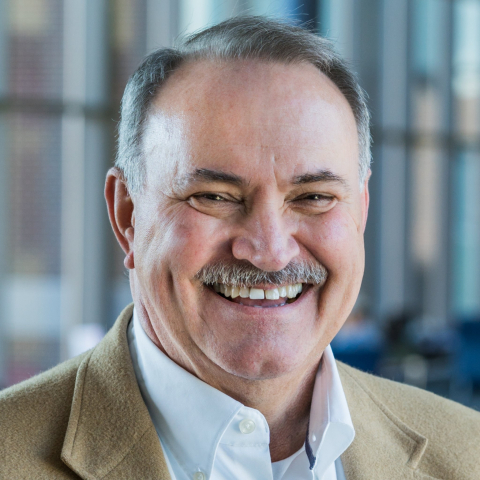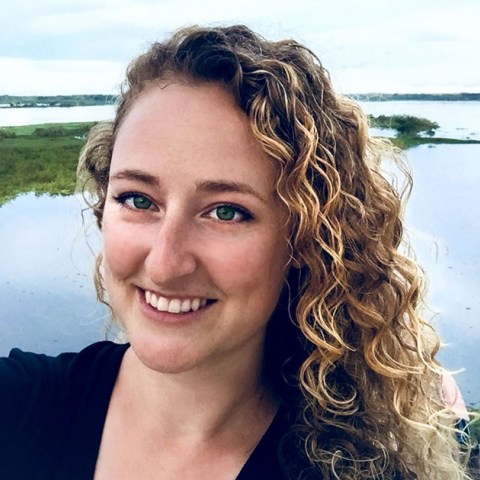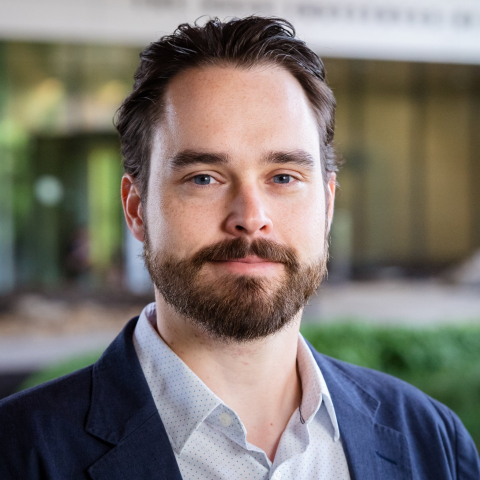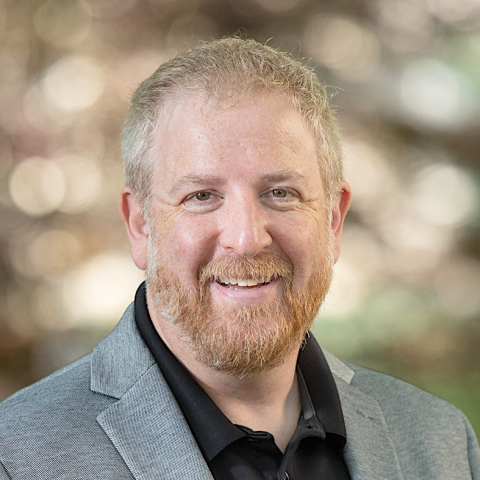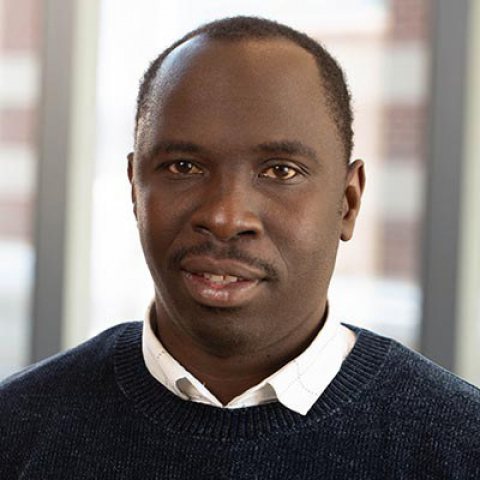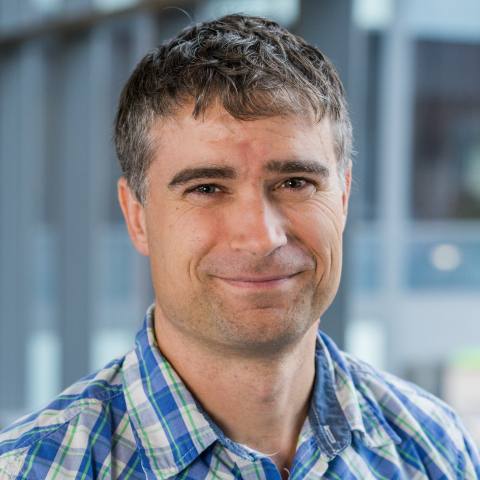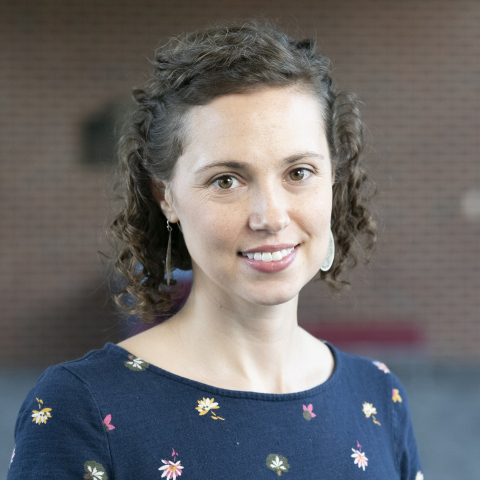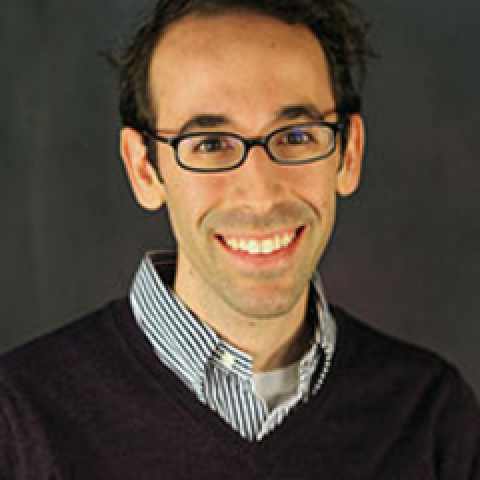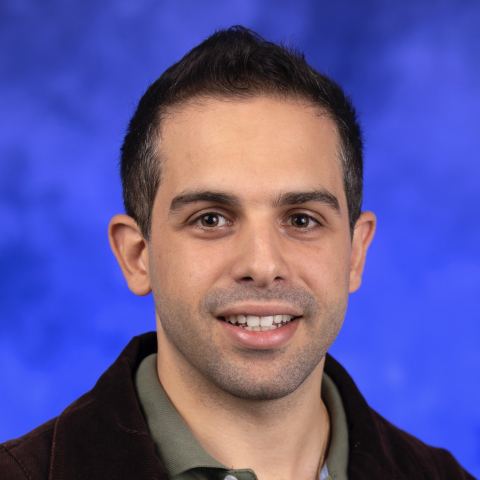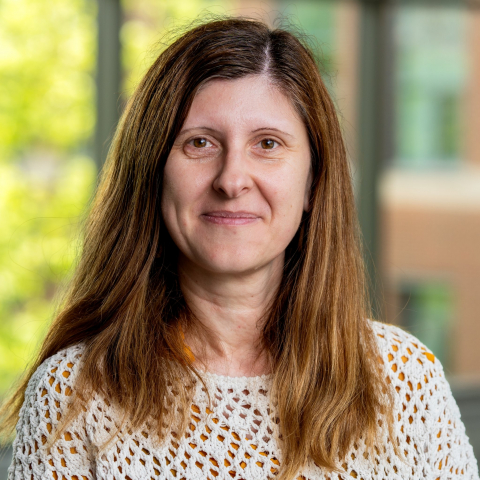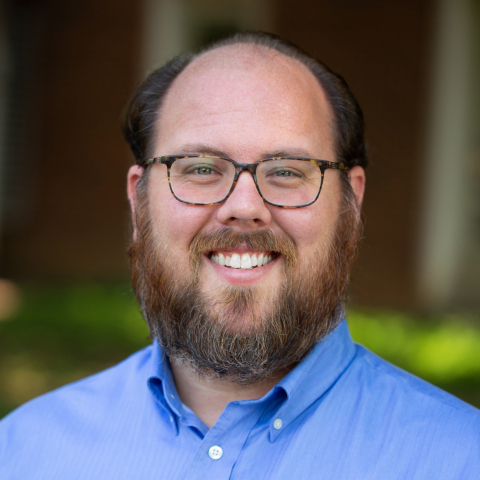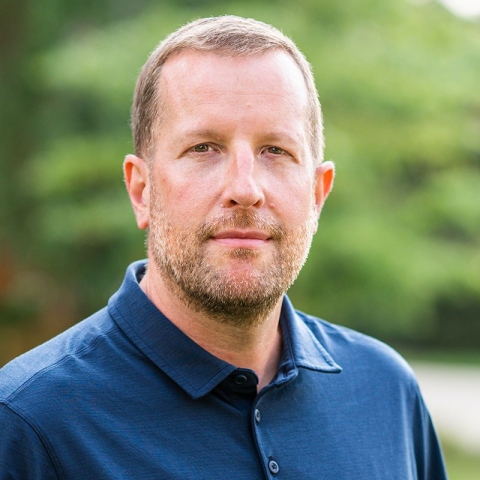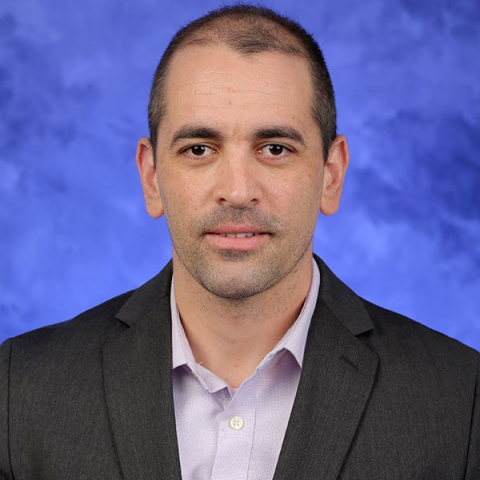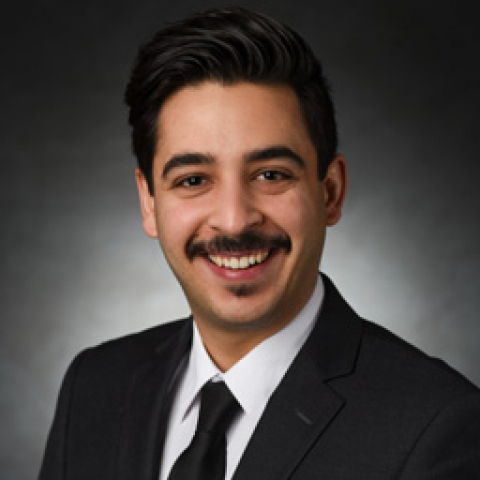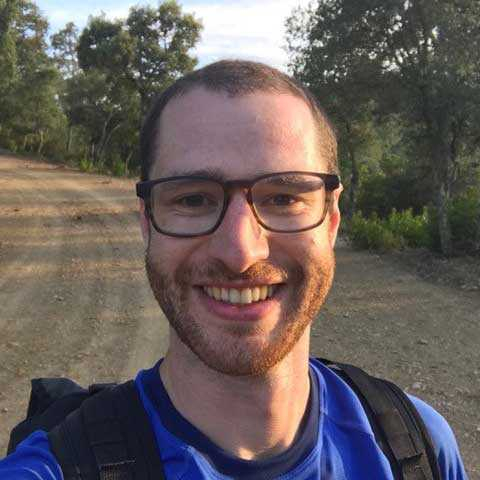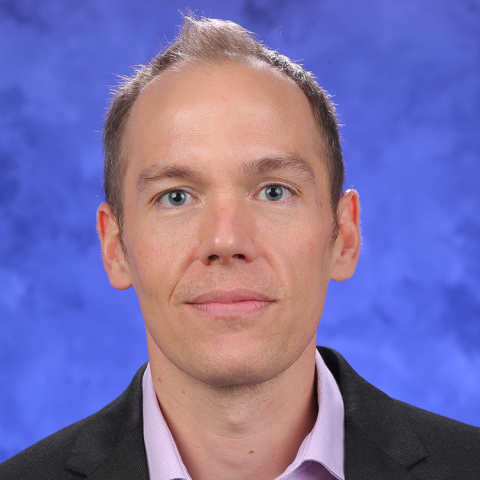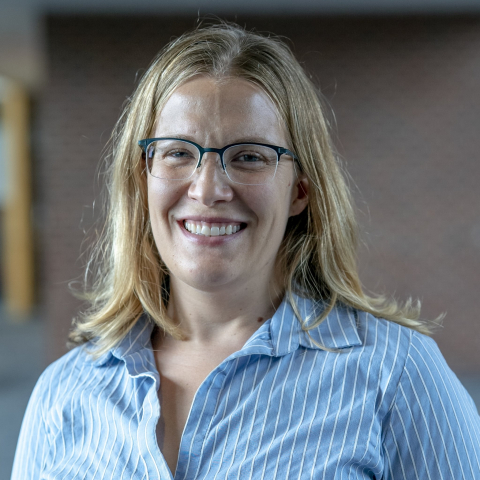Microbiomes in Human Health

Our researchers are trying to understand how microbiomes are linked to human health in all areas of the body. Current projects are working to understand which microbes are critical for disease initiation, treat metabolic disease with probiotics, and explore microbial transplantation as a solution to microbiome-associated diseases.
Check out the Integrative Analysis of Metabolic Phenotypes Training Program at Penn State to learn more about how researchers in our Center are integrating genomic and metabolomic data sets to better understand human disease.
Faculty Working in Microbiomes in Human Health
James Adair
Professor of Material Science and Engineering
Nanoscale materials and phenomena for biological, optical and structural applications, property manipulation via novel chemical pathways for designer particles and materials, colloid and interfacial chemistry, powder characterization, powder processing, and commercialization and regulatory pathways for nanomedical human healthcare formulations
Leann Andrews
Assistant Professor of Landscape Architecture
One Health and the built environment, landscape systems, urban ecological design, design activism, community design, transdisciplinary action research and training programs
Jordan Bisanz
Assistant Professor of Biochemistry and Molecular Biology
The interface of microbiology and bioinformatics, with approaches including genomics and metabolomics to investigate the interplay of diet, drugs, and the gut microbiome.
Seth Bordenstein
Director of the One Health Microbiome Center; Huck Chair in Microbiome Sciences; Professor of Biology and Entomology
The evolutionary and genetic principles that shape symbiotic interactions between animals, microbes, and viruses and the major applications of these interactions to human health.
Emily Davenport
Assistant Professor of Biology
Understanding the complex relationship humans have with our microbiomes, using high-throughput sequencing technologies and novel computational and statistical techniques.
Ilias Georgakopoulos-Soares
Assistant Professor
The development and implementation of new computational methods in genomics and molecular biology, with the aim of identifying genetic biomarkers for the diagnosis, monitoring, and treatment of human diseases, including bacterial and viral infections and of aging-associated diseases including neurodegenerative diseases and cancer.
Camelia Kantor
Associate Director of Strategic Initiatives; Research Professor
Camelia Kantor is a highly interdisciplinary geospatial researcher and integrator. Before joining Huck, her prior work involved HBCU teaching, research and training and national security related program assessment and management. Her research interests are at the intersection of geospatial, life sciences, and business. Since 2010, she has been a frequent speaker, conference lead, and academic program evaluator.
Joshua Kellogg
Emphasis Area Representative, Molecular Toxicology; Assistant Professor of Veterinary and Biomedical Sciences
Development of new metabolomics tools for chemical and biological characterization of complex systems. Discovery of new natural products from plants and microorganisms with novel bioactivity against pathogenic fungi and neglected tropical diseases. Bioanalytical techniques to probe the mechanism of action and basic biology of these target organisms. Ethnobotany and indigenous knowledge surrounding plant-based medicine.
Andrew Patterson
Associate Director, Huck Institutes of the Life Sciences; Professor and Huck Chair of Molecular Toxicology; Faculty Oversight, Metabolomics Core Facility
The Patterson lab is focused on understanding the host-metabolite-microbiome axis
Amir Sheikhi
Huck Early Career Chair in Biomaterials and Regenerative Engineering ; Associate Professor of Chemical Engineering
Micro- and nanoengineered soft materials for medicine and the environment; microfluidic-enabled biomaterials for tissue engineering and regeneration; living materials; next-generation bioadhesives, tissue sealants, and hemostatic agents; hydrogels for minimally invasive medical technologies; self-healing and adaptable soft materials; smart coatings; hairy nanocelluloses as an emerging family of advanced materials.
Justin Silverman
Assistant Professor of Information Sciences and Technology
Statistical methods for the analysis of biomedical data (or any other interesting data/questions)
Vishal Singh
Associate Professor of Nutritional Physiology and Microbiome
Mekala Venkatachalam
Director of the CSL Behring Fermentation Facility; Assistant Research Professor
Emily Weinert
Professor of Biochemistry and Molecular Biology
The mechanisms by which bacteria sense and respond to the environment, as well as how these signaling proteins/pathways affect competition, host colonization, and pathogenesis.
